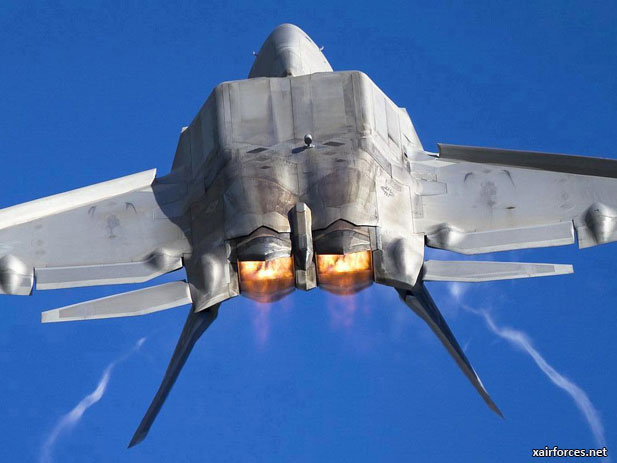
Old World Strategies and New World Technologies

Hybrid Threats: Old World Strategies and New World Technologies.
I have been trying to understand the concept of the hybrid threat and why the U.S. military, in general, and the Army, in particular, seems to act like a deer caught in the headlights by this problem. The hybrid threat consists of a set of adversaries ranging from nation-states through insurgents and guerrilla groups down to criminal organizations and computer hackers all operating in a coordinated fashion to conduct an asymmetric campaign designed to defeat U.S. conventional military capabilities. In effect, we are talking about hybrid strategies, and not a single adversary, although for such an enemy’s campaign to work there must be some kind of centralized and sophisticated direction and management.
The military acknowledges that hybrid strategies are not new. States have employed hybrid capabilities in a coordinated fashion going all the way back to the Eighteenth Century. World War Two saw numerous examples of hybrid strategies. The Vietnam War increasingly was a hybrid conflict involving a range of capabilities from North Vietnamese regulars equipped with main battle tanks down to Viet Cong guerrillas with sapper charges and booby traps. Arguably, our adversaries in Iraq conducted a hybrid operation with a mix of regular units, Fedayeen para-military formations and insurgent groups of various stripes. Many analysts see in the 2006 Lebanon War a type of hybrid operation with para-military forces employing sophisticated networked communications, hardened shelters and defensive emplacements and advanced precision-guided munitions to defeat the Israeli Army.
So what has changed? Two things. First, the United States is losing its monopoly on advanced military capabilities to states and non-state actors alike. This has already taken place with respect to communications and even intelligence, thanks to sources such as Google Earth. It is rapidly becoming the case with respect to a wide range of advanced weapons and the training to go with them. China is now deploying a ship-killing precision-guided ballistic missile. Iran has a mixed array of conventional aircraft, ships and tanks along with sea-skimming cruise missiles, long-range ballistic missiles, advanced sea mines and, swarms of small boats. Many countries are deploying triple digit surface-to-air missiles and other capabilities intended to deny the U.S. its long-held advantage in airpower. Iran’s surrogate, Hezbollah, now deploys a massive arsenal of rockets and missiles, anti-armor guided missiles and mines and squad-level automatic weapons to complement such traditional systems as snipers and suicide bombers. We can expect that the same proliferation will occur with respect to man portable anti-aircraft weapons, thereby challenging U.S. dominance in close air support.
The second change is one of attitude or mindset, ours more than that of our adversaries. The last time the United States was in such a conflict was more than sixty years ago. Every conflict since then has been limited in terms of this country’s ends and means. Some have been so-called wars of choice. This meant that the U.S. military was constrained with respect to both the means employed and the costs incurred. Not so for many of our adversaries. The U.S. increasingly faces adversaries of a mindset that war is a death match. They are willing to use civilians as human shields, urban terrain as their battle space and young men and women as the precision targeting system for their weapons. When the military uses terms such as hybrid threat or hybrid strategy, they are referring to an adversary or group of enemies with old world attitudes towards combat and bloodletting armed increasingly with new world technologies.
The United States can and should take the necessary steps to counter the proliferation of advanced weapon systems. This means moving forward with modernization programs such as the F-35 Joint Strike Fighter, Ground Combat Vehicle, theater missile defenses and Littoral Combat Ship. The U.S. needs to be the world’s leader in cyber warfare. But this nation also needs to take a hard look at itself and determine its willingness to shed blood, both that of our own young men and women as well as that of our adversaries. There is no silver bullet technology, no clever set of tactics, techniques and procedures that will provide the U.S. military a way of counterbalancing an asymmetry in objectives or a different threshold for tolerable societal pain.
Source: © Lexington Institute; reproduced by permission - issued April 23, 2012)
Photo: The U.S. Air Force F-22 Raptor (Photo by USAF)
(23.04.2012)
|